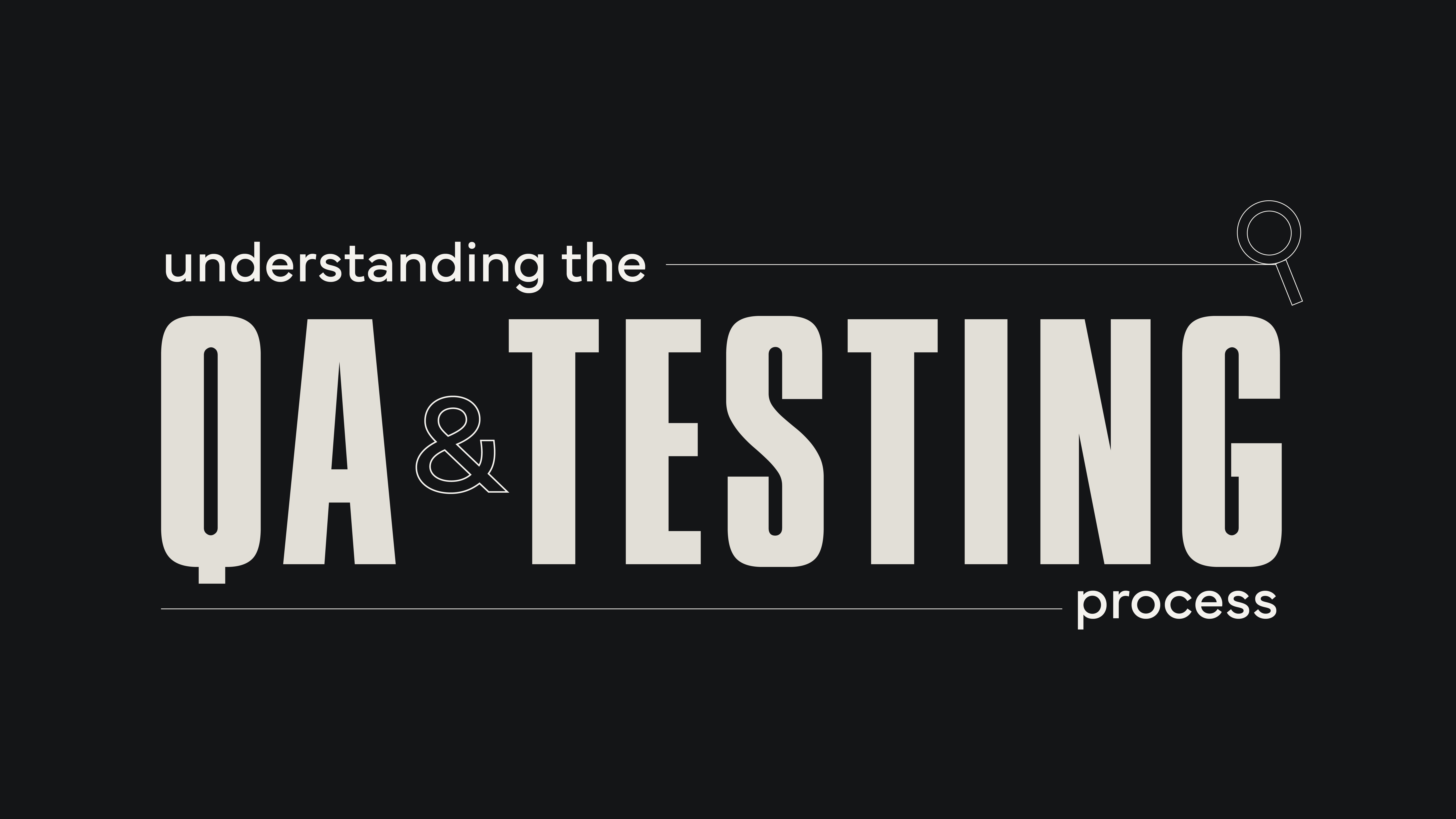BLOG Understanding the QA and Testing Process
Understanding the QA and Testing Process
POSTED BY The Prim Pack | Apr 15, 2022

Before we talk about QA and testing, you need to be in the right headspace. So, take a minute. Breathe. Take another deep breath.
Now, close your eyes and remember the biggest mistake you’ve made on a client deliverable. (Yes, that one. The one you hoped no one would ever bring up again.) Sit with it, and fully imagine the moment you realized that mistake made it through your process.
Ouch. Right?
We’ve all been there. (Some of us have had those “epic fail” moments immortalized in Slack memes.) No fear—QA, or quality assurance, is here to help prevent precisely that!

And the takeaway: QA and product testing is vital.
Before we get into what QA is and how we screen for mistakes, let’s look at the big picture with Primitive Lead Designer, Morgan Mann.
“QA ensures no mistakes slip through the cracks and that we’re delivering the best product possible. From starter sites to social content, there are so many moving parts in everything we produce. The QA process provides an extra layer of inspection and helps us feel confident that we’re providing our clients with a quality finished product.”
What is QA?
QA stands for quality assurance. In the marketing and advertising industry, QA is a necessary step in our process that ensures our final work is error-free and meets expectations.
During QA, we're looking at a handful of things:
- Accuracy and Consistency: Verify that all marketing materials align with brand guidelines, messaging standards, and factual correctness to maintain a cohesive brand identity.
- Error-Free Content: Catch any grammar, spelling, and design errors before publication or distribution.
- Functionality Across Platforms: Test that digital assets like websites, emails, and ads work seamlessly across all devices, browsers, and screen sizes.
- Compliance and Standards: Confirm that content adheres to industry regulations, legal requirements, and company policies.
- Audience Relevance: Validate that the messaging, design, and delivery of marketing materials are tailored to the target audience’s preferences and expectations.
Is it worth it to add QA to my process?
Not to be dramatic, but QA is the unsung hero of our day-to-day work.
QA isn’t just a check-the-box task—it’s a team effort. Getting fresh eyes from creatives, strategists, developers, and producers is like having a mini marketing mastermind session. Plus, in agile workflows, QA keeps the wheels turning smoothly, catching issues before they become “who approved this?” moments.
Collaboration like this doesn’t just save time; it protects a brand’s reputation and credibility. Because let’s face it, nobody wants to explain a broken link or typo to the client.
Why Should You Care about QA & Testing?
The short answer is: you can’t afford not to. It’s more than just passing the 50ms visual test.
Bad UX, typos, and poor design all affect credibility. Whether you provide a service or product, credibility is key to converting a potential customer into a loyal one. The time it takes to QA a deliverable or product is a less expensive investment than the cost of lost revenue from losing a lead to a careless mistake.
SHARE THIS POST:

About the writer, The Prim Pack
Primitive is a full-service digital agency specializing in strategy, branding, web development, and technology solutions. With a passion for innovation and a commitment to helping businesses grow, our team crafts digital experiences that make an impact.
